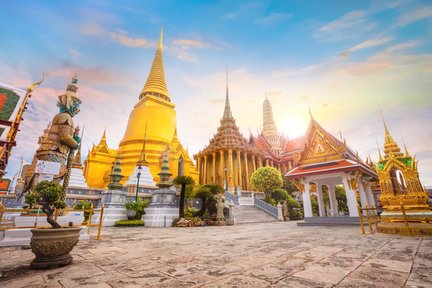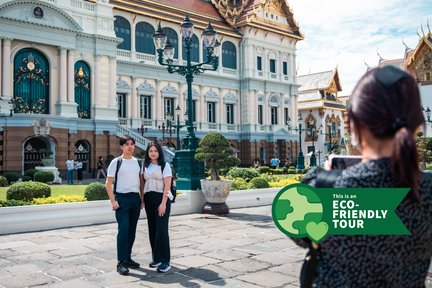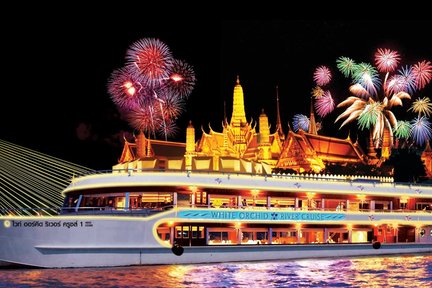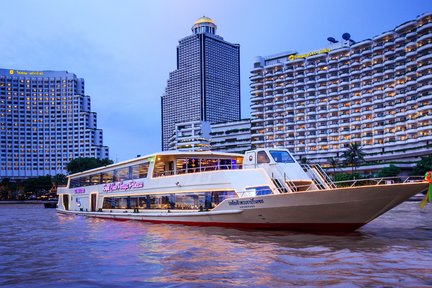Grand Palace
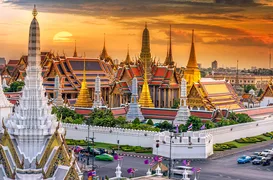
The best of Grand Palace
Bucket-list experiences
Make it a getaway
Trouble-free transport
All that's good & tasty
More to explore
Why people love Grand Palace
Nearby places to go
FAQs about Grand Palace
What is the best time to visit the Grand Palace?
How can I get to the Grand Palace?
What is the dress code for visiting the Grand Palace?
What to know before visiting Grand Palace
Remarkable Landmarks and Must-Visit Sights
Temple of the Emerald Buddha
Known as Wat Phra Kaew, this royal chapel houses the revered Emerald Buddha. The temple's intricate architecture and sacred atmosphere make it a highlight of the Grand Palace.
Phra Maha Monthien Buildings
This group of traditional Thai-style buildings includes the Amarin Winitchai Throne Hall, where royal coronations have taken place since King Rama II.
Phra Thinang Chakri Maha Prasat
A blend of Thai and European architectural styles, this throne hall is used for state functions and royal ceremonies. Its unique design symbolizes the fusion of Thai tradition and Western influence.
Cultural and Historical Significance
The Grand Palace has been the official residence of the Kings of Siam (and later Thailand) since 1782. It remains a working palace, hosting royal ceremonies and state functions. The palace's architecture reflects over 200 years of Thai history and culture.
Local Cuisine
While exploring the Grand Palace, don't miss the chance to savor Thai cuisine. Nearby, you can find street vendors and restaurants offering delicious dishes like Pad Thai, Tom Yum Goong, and Mango Sticky Rice.
Culture and History
The Grand Palace was established in 1782 by King Rama I, who moved the capital from Ayutthaya to Bangkok. The complex served as the royal residence and the administrative and religious center of Siam until 1932. The palace is a symbol of Thailand's rich cultural heritage and its transition from an absolute to a constitutional monarchy.
